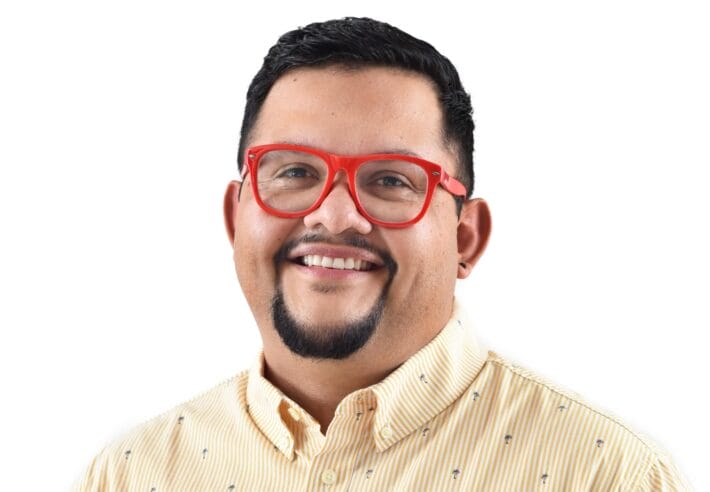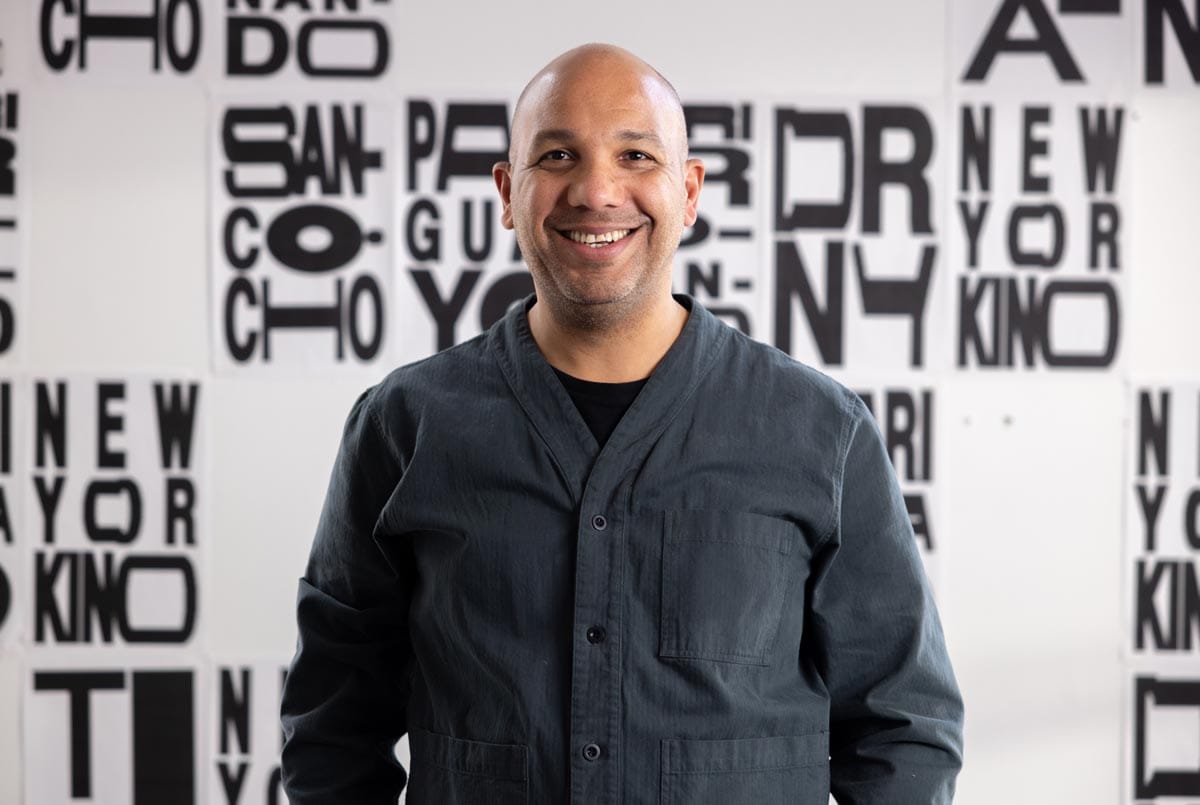
Born in the Dominican Republic, graphic designer and professor Ramon Tejada draws on Latin American decolonial literary studies in his practice. “When I think about decolonizing, I think also about expanding,” he says. “I think of that idea that there’s multiple ways of seeing everything,” he says.
It is the multiplicity of meaning and storytelling that is most compelling to him about design. “I think about it now in a more nuanced way,” he says, explaining that posters, books, and websites are all structures for narratives about people, communities, and their needs. “I can make things that make space for telling stories,” he says. “A lot of the stories that I’m interested in telling are coming from BIPOC people,” he says, “people who have immigrated into this country.”
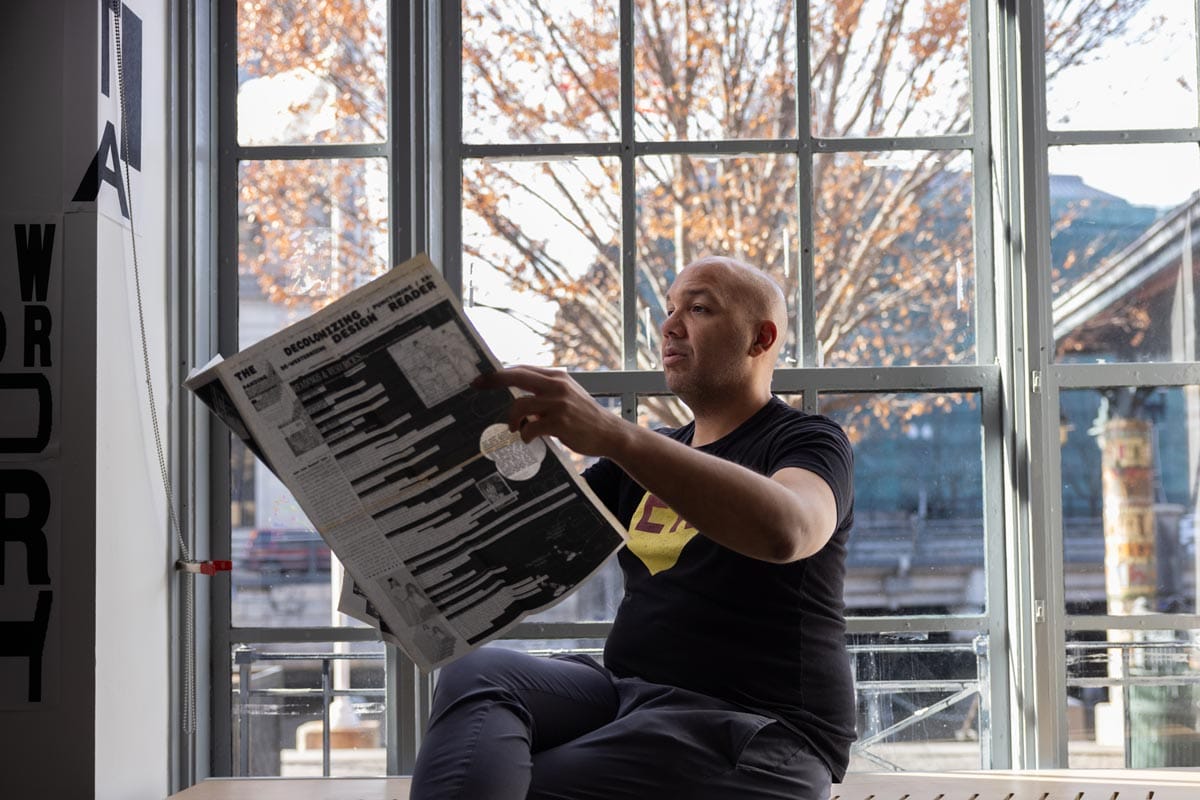
As an associate professor at the Rhode Island School of Design, Tejada challenges his students to question design ideals and their origins as a means of examining bias and democratizing design, while encouraging them to experiment, expand on their work, and to try things that may not work. “I think the best teachers are the sort that encourage you to try things and to fail,” he says. “When you fail—in a really beautiful way—that teaches you so much.”
Influential Inspirations
Tejada and his family moved to the United States when he was a child, first coming to New York, living in the Washington Heights neighborhood. When Tejada was entering high school, the family moved to Atlantic City, New Jersey, where his parents could pursue work. His parents emphasized the importance of education, encouraging him to complete high school and college—things that they themselves hadn’t had access to. Tejada’s first work in design came working on the school newspaper and yearbook in high school and in college, playing with layouts, text, and the graphic arrangement of news, stories, and art for his peers.
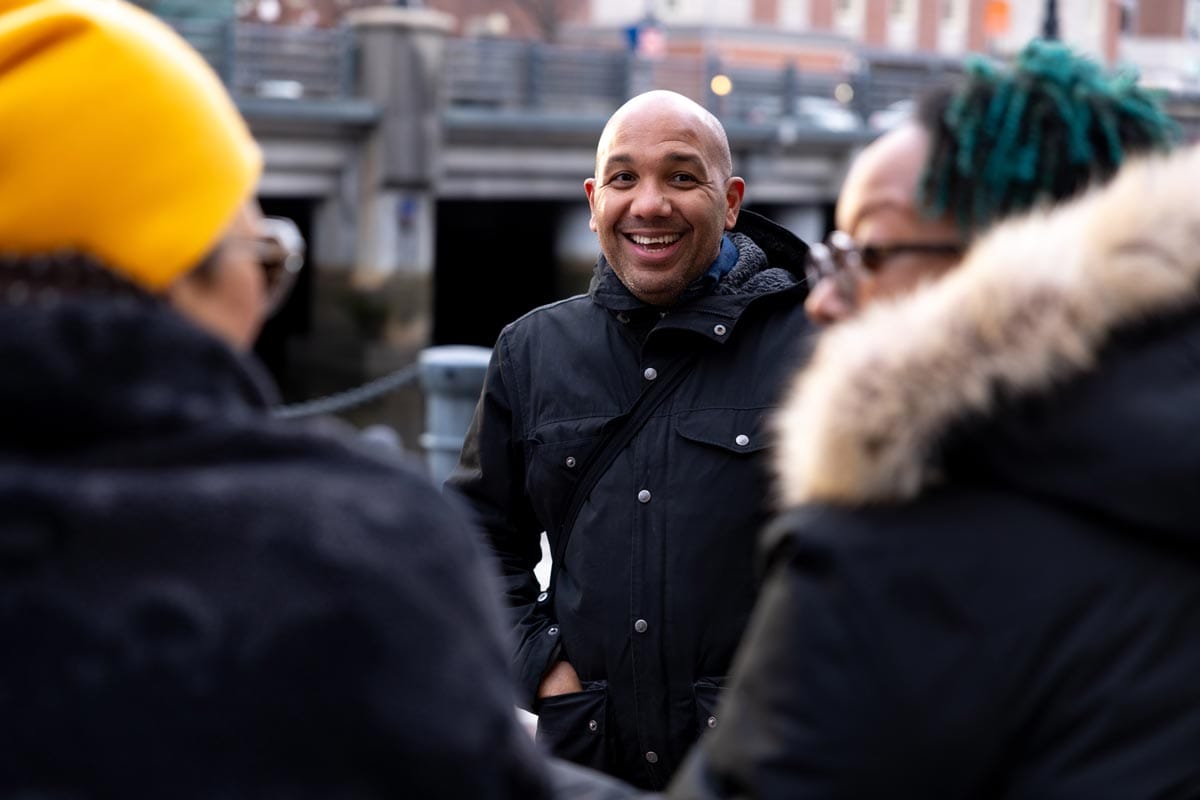
He cites the 2016 election as a turning point in his personal and professional politics, He recalls going to teach at the Pratt Institute the day after the election—feeling devastated, but compelled to create change. “For a lot of people of color, we felt a certain action that had been exercised physically on us or intellectually,” he says. “I had to think about teaching, making, doing everything totally different.”
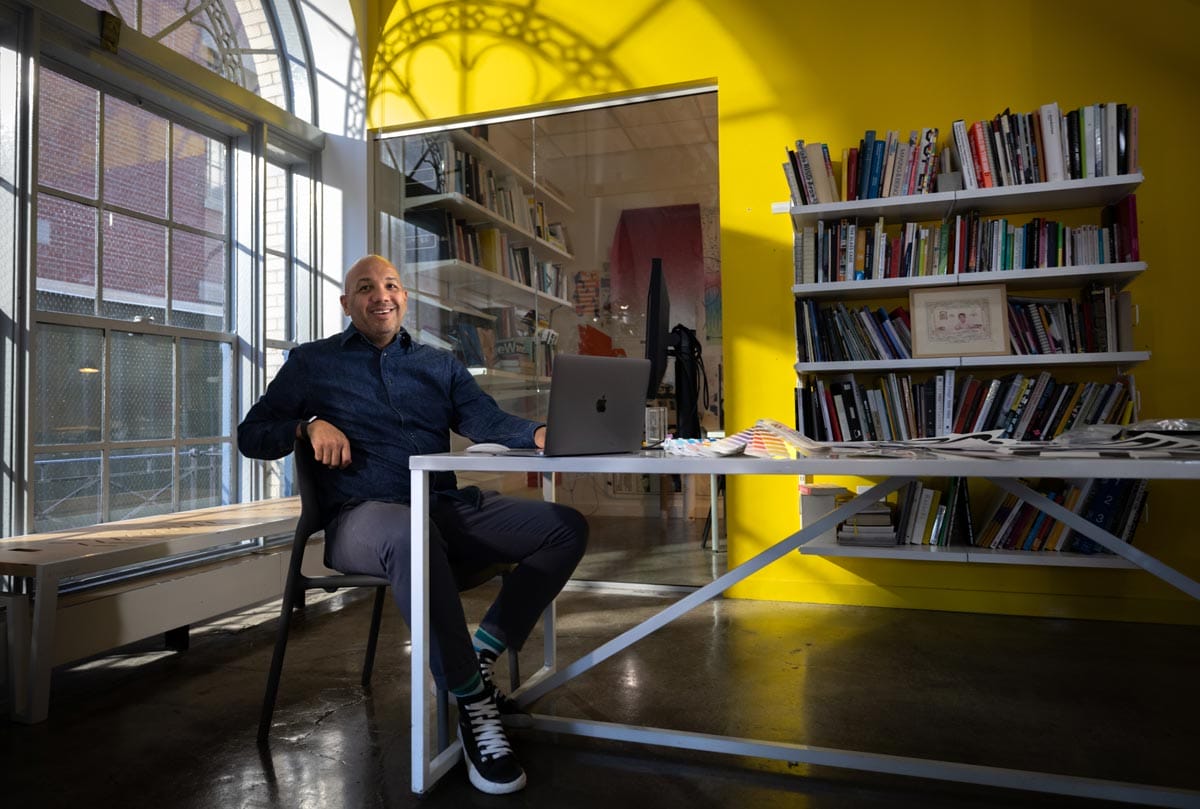
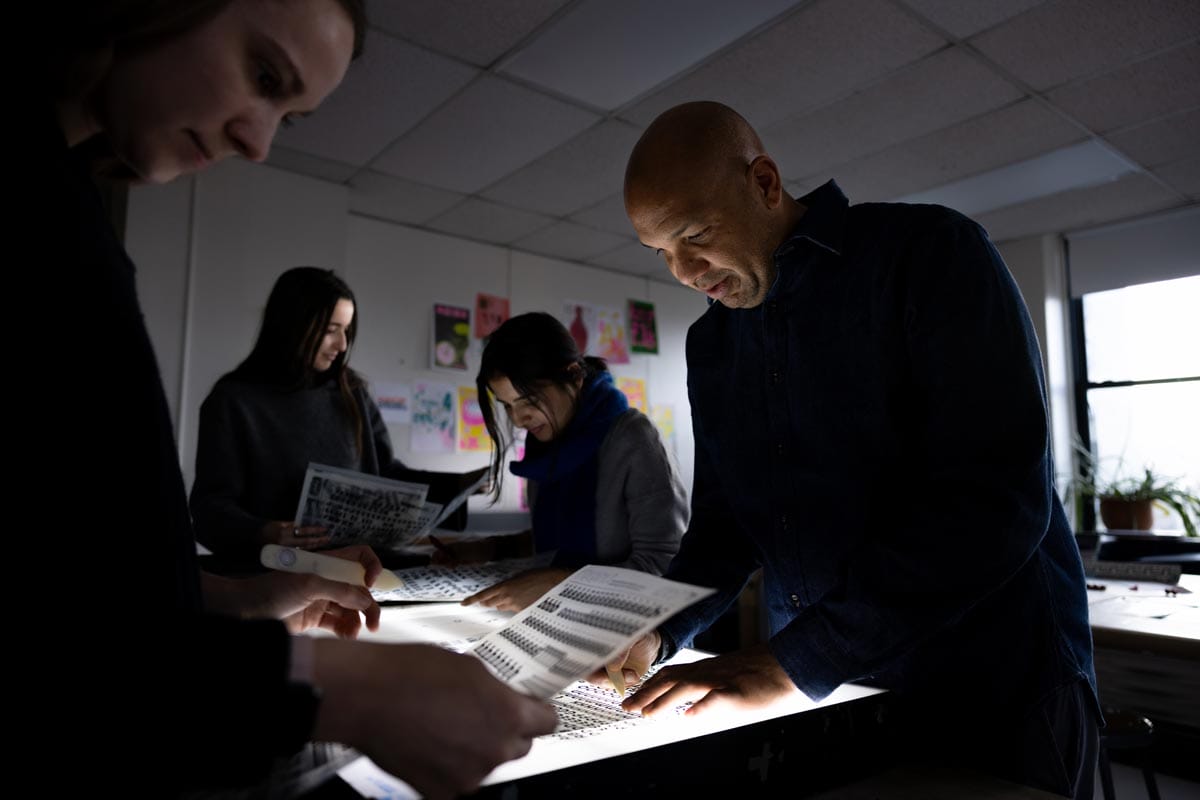
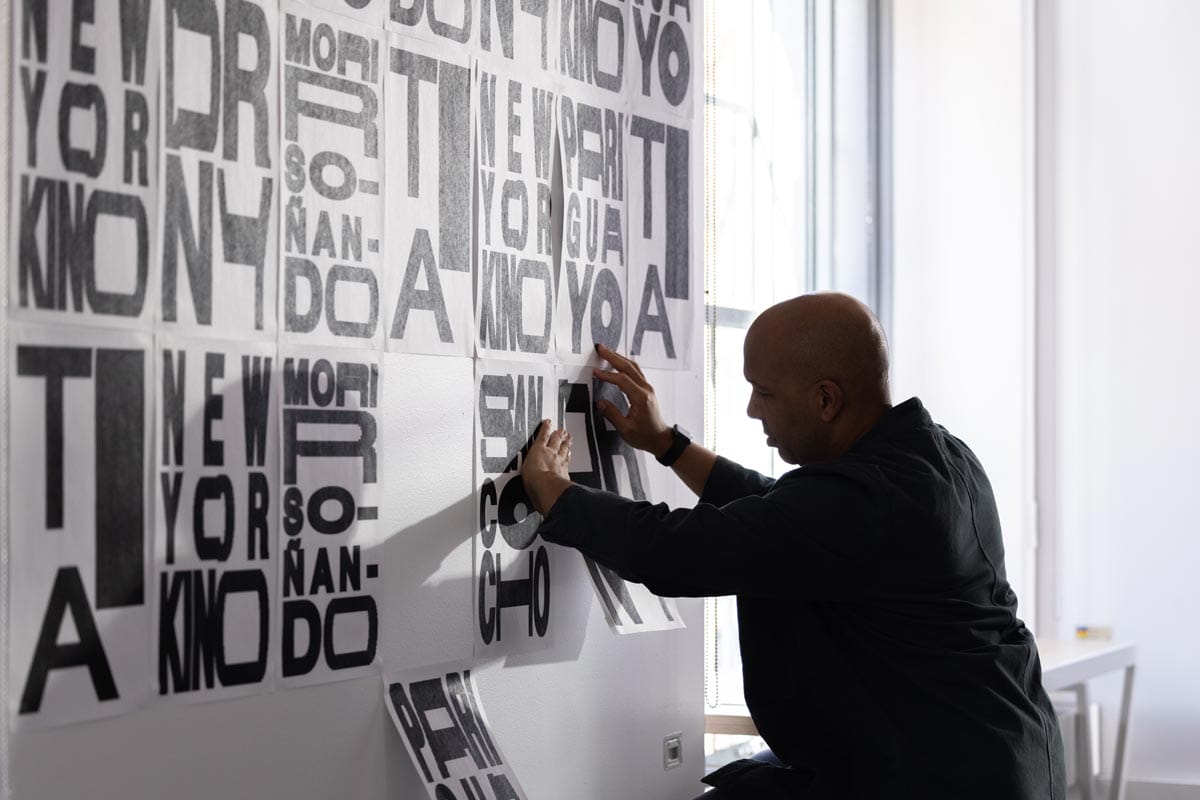
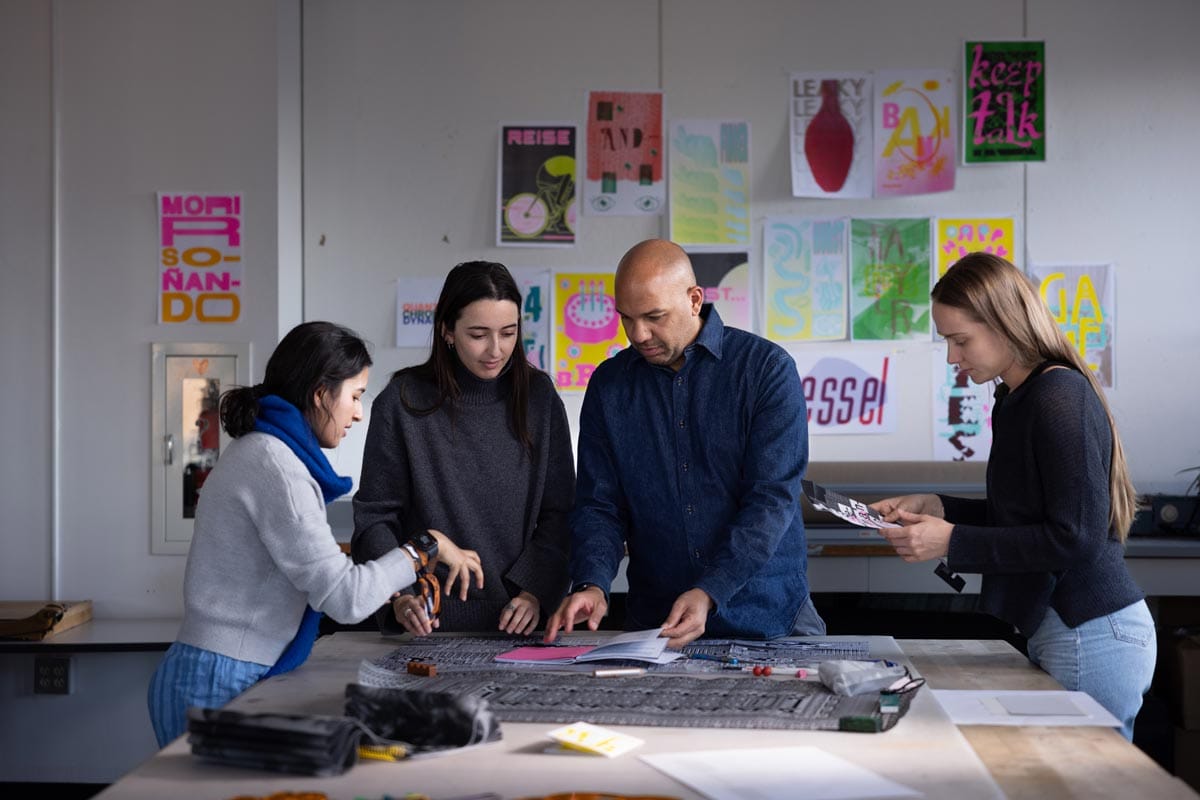
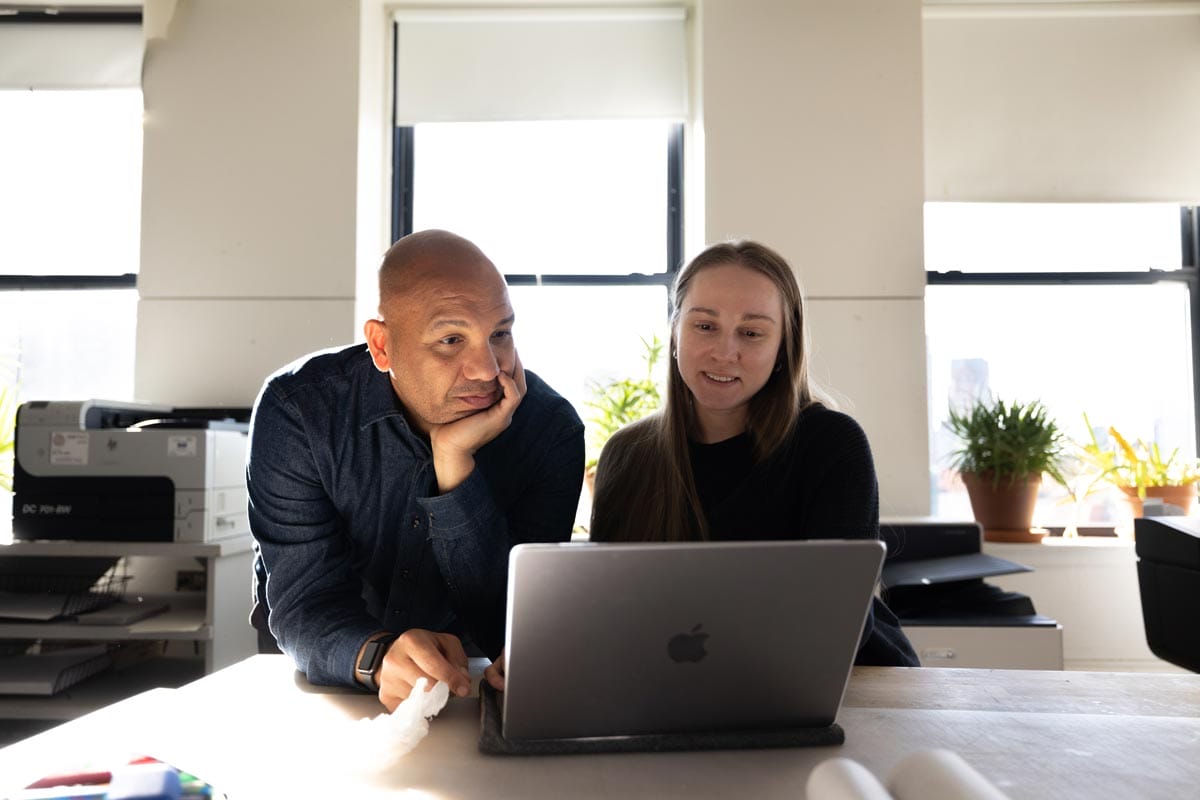
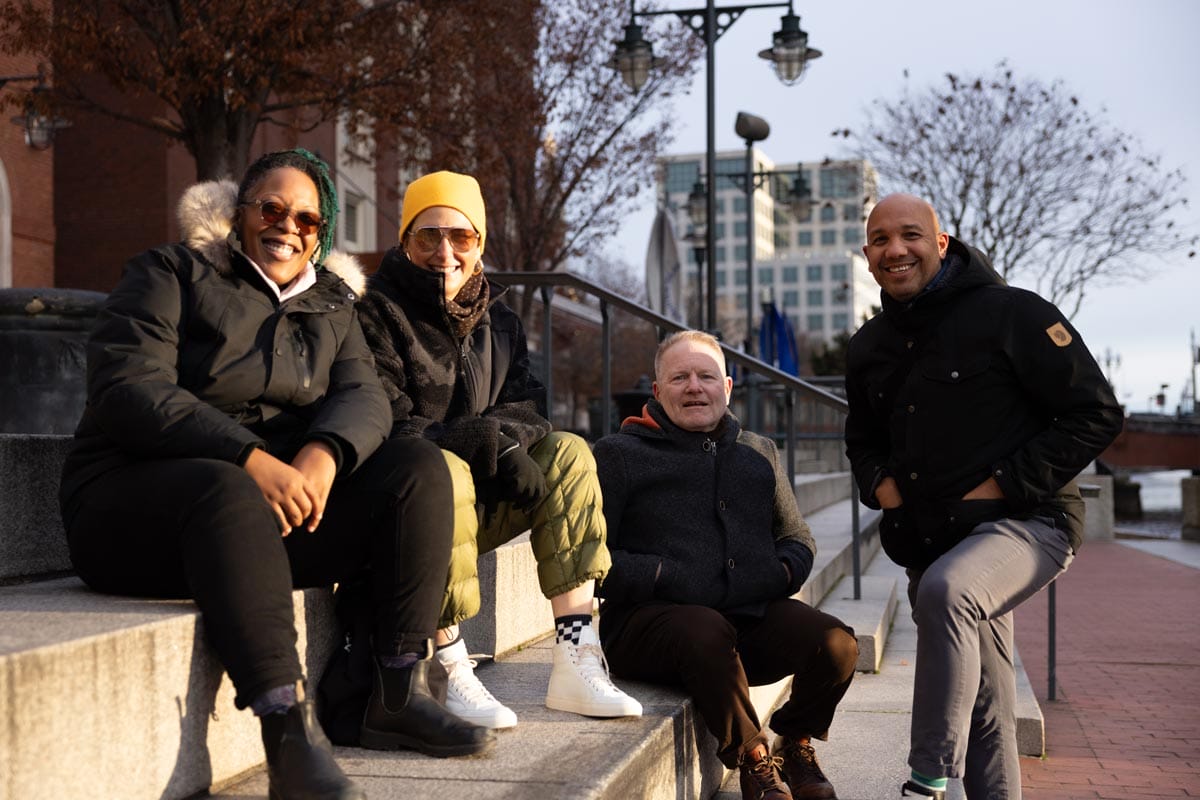






In his practice, Tejada draws inspiration from activists and intellectual luminaries Gloria Anzaldua, James Baldwin, and Adrienne Maree Brown: These figures have shaped his perspective on the power of citizens to build a better America, and on role of individuals to enact change in their communities through meaningful work.
Making Work: Making Meaning
As a graphic designer, Tejada reflects, “We have the privilege of making things.” He enjoys the challenge of working collaboratively to create products that reflect the needs of clients and their communities. “You have to be really generous,” he says, thinking about the meaning of the work, and incorporating multiple perspectives to create something that is successful and meets the needs of users.
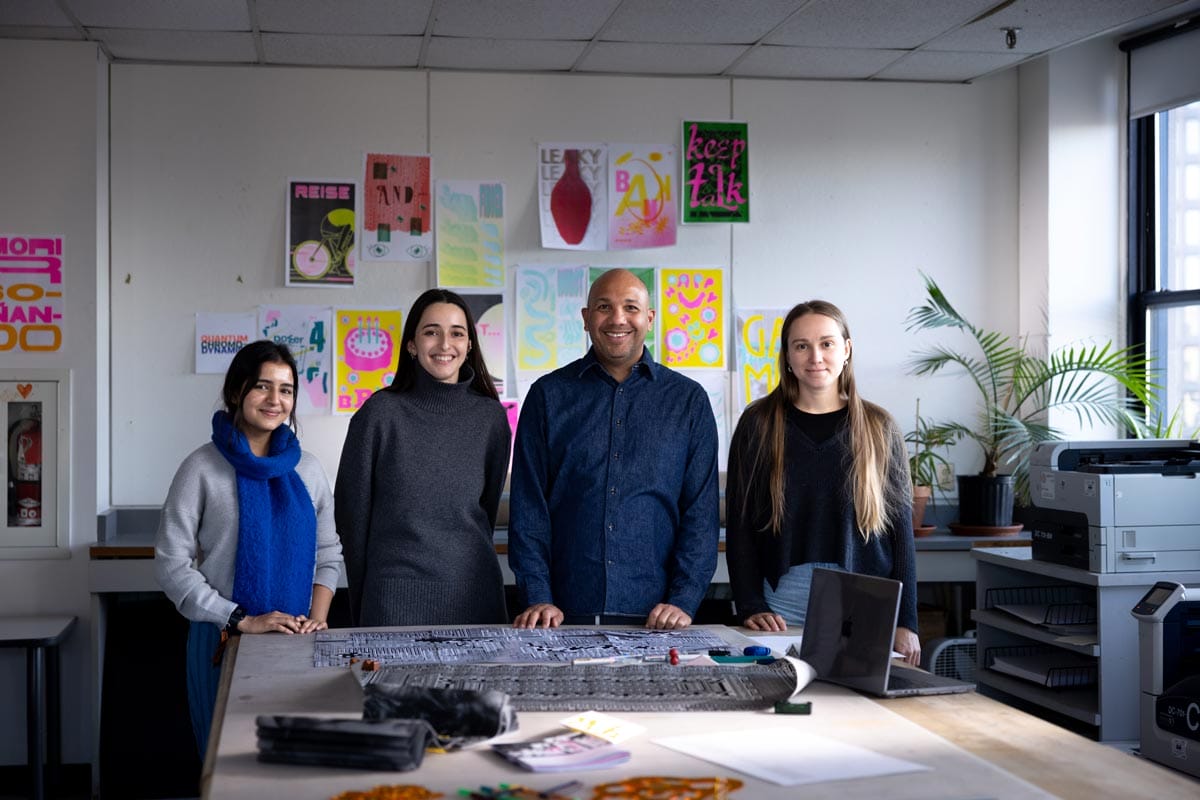
Tejada has been actively involved with the Institute for Studies on Latin American Art (ISLAA) in New York City, a group centered on expanding scholarship, public engagement, and the international visibility of art from Latin America. He has written articles for their website centering on explorations of their archives, and he works with the Institute on their Graphic Design Fellowship—encouraging the next generation of Latin American designers.
Related News
Wael Morcos: “Graphic design is everywhere around us”
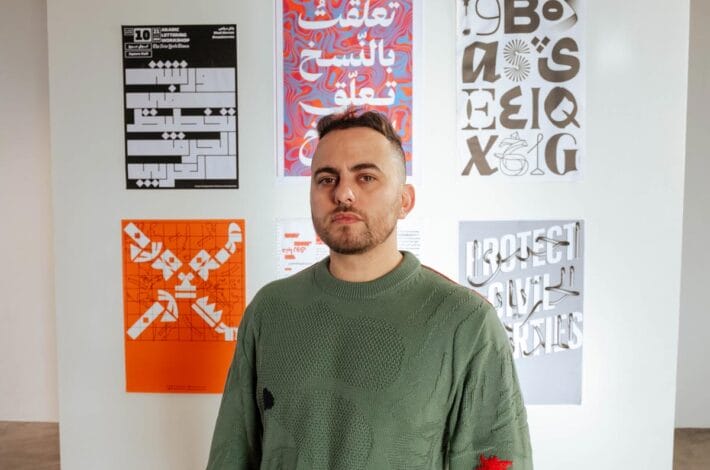
Juan Carlos Noguera: Revolutionizing Design for a More Inclusive World
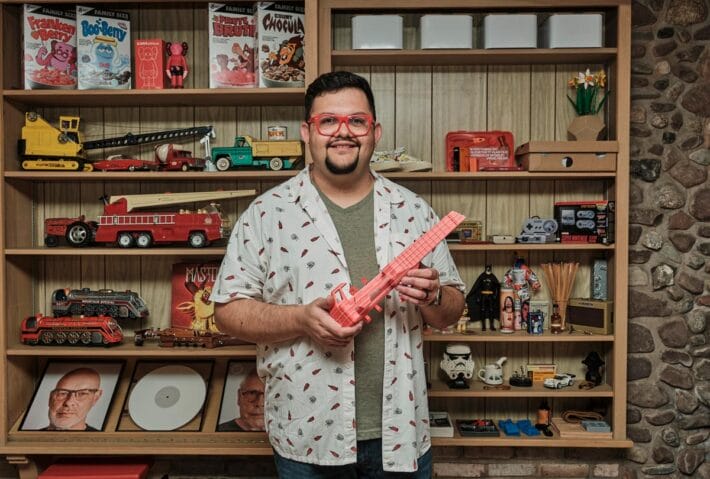
$250,000 in Vilcek Foundation Prizes Awarded to Immigrant Designers
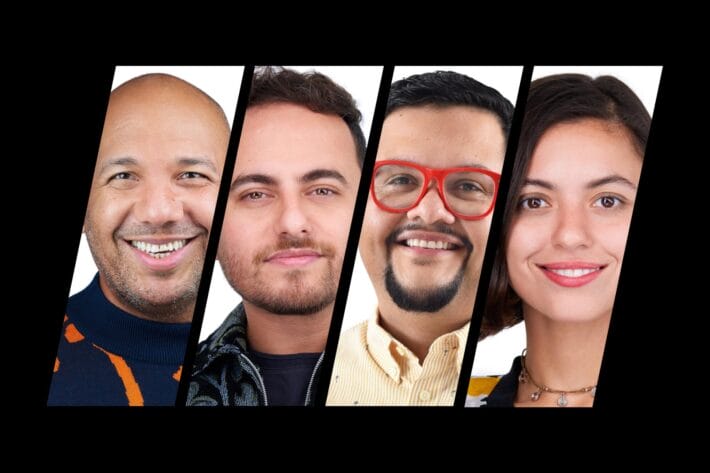
You may also be interested in
Ramon Tejada
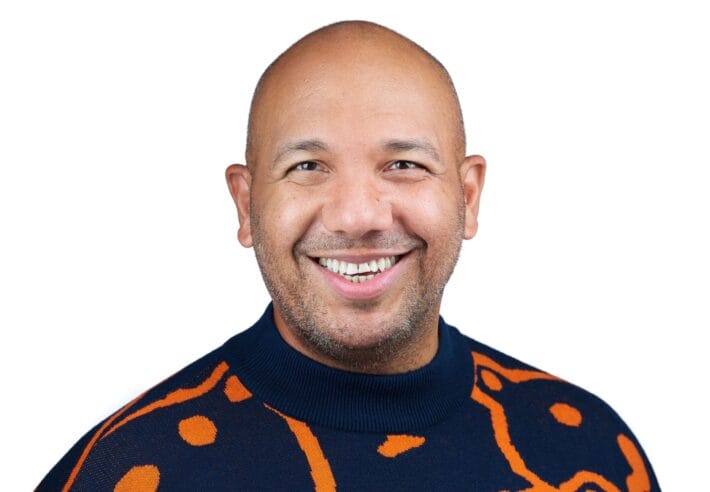
Wael Morcos
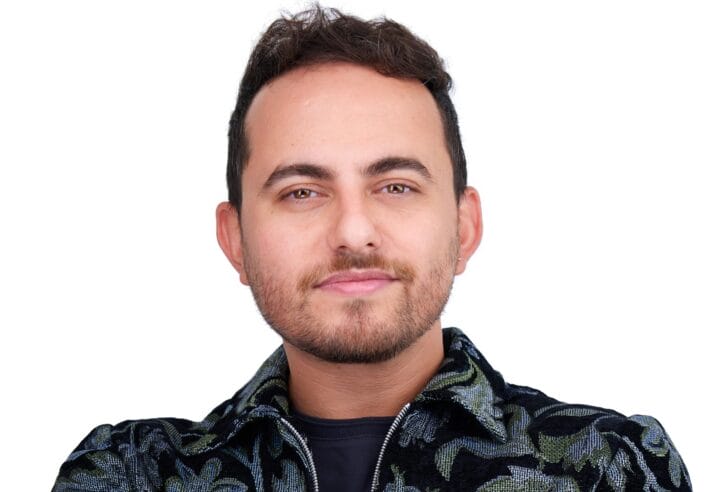
Juan Carlos Noguera
